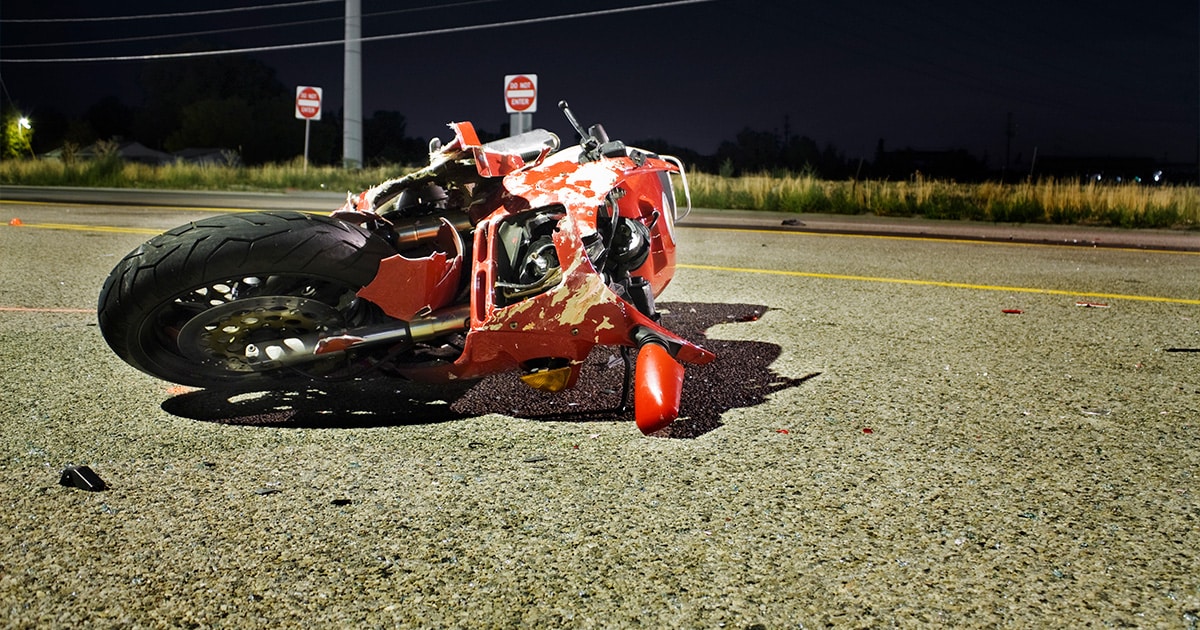A recent Forbes analysis examined the frequency of motorcycle accidents between 2011 and 2021 for 100 US cities. Louisville, Kentucky, ranked 12th on the list. In 2011, the city had about three accidents per 100,000 residents. In 2021, the number of accidents increased to almost 28 accidents per 100,000 residents. That means the need for Louisville motorcycle accident lawyers increased by 38%.
Read further to learn more about safe stopping distances, liability, and how experienced motorcycle accident lawyers at Sam Aguiar Injury Lawyers can help.
The Two-Second Rule
For determining a reasonable and prudent driving distance between cars, Kentucky follows the two-second rule. That means drivers should always remain at least two seconds behind the vehicle in front of them. Following this rule should allow sufficient time to react and take evasive action in case of an unexpected road event.
Stopping Distance
The two-second rule does not take into account the stopping distance between two vehicles traveling at different speeds. The stopping distance is the distance a vehicle travels before coming to a complete stop. This calculation is made by adding the reaction distance to the braking distance. For example, your car may travel 10 feet in the time it takes for you to react to seeing a car’s brake lights ahead. If it then takes 15 feet for the car to stop once you apply the brakes, the stopping distance would be 25 feet.
Reaction Distance
Reaction distance includes the following:
- Distance the car moves while the driver perceives a change in driving conditions such as brake lights activating.
- Distance the car travels while the driver reacts to the event by moving their foot from the gas to the brake.
Because individual reaction times vary, drivers should adjust the distance they maintain between cars to compensate for slower reaction times due to lack of sleep or distracted driving.
Braking Distance
Calculating a vehicle’s braking distance is a matter of physics. The distance depends on friction and speed. The more wheels (tires) a vehicle has, the more friction is created when brakes are applied and forward motion slows. Because they only have two tires, motorcycles take longer to stop than most vehicles traveling at the same speed.
Mitigating Factors
A reasonable and prudent distance can change based on the following factors:
- Weather conditions: Wet or slippery surfaces reduce the friction between tires and the road and increase the braking distance. Poor visibility can delay reaction time and increase the stopping distance.
- Road conditions: Poorly maintained roads can have uneven surfaces that will decrease the amount of friction generated by tires. Loose gravel and other debris can further alter maneuverability.
- Vehicle conditions: Properly inflated tires are crucial for maximizing a motorcycle’s ability to stop. If not maintained, vehicles can respond unpredictably.
Speed also plays a role in determining the appropriate distance to maintain between vehicles. If you are in a motorcycle accident with mitigating factors, consult experienced motorcycle accident lawyers for guidance.
Determining Liability in a Louisville Motorcycle Accident
Comparative Negligence
Kentucky follows a comparative negligence rule when assessing damages in a motorcycle accident. The court can find that all parties are partially responsible for the accident. Damages are awarded based on the percentage of responsibility.
For example, let’s say $200,000 is awarded in a motorcycle accident case. The motorcyclist is found to be 30% at fault. As a result, the final settlement amount becomes $140,000, or 70% of the $200,000.
With the help of knowledgeable motorcycle accident lawyers, motorcyclists can navigate any legal complexities that may arise in their case and ensure they have the best chance of receiving the compensation they deserve.
How is Fault Determined?
The courts will consider all the evidence presented as well as any mitigating factors when determining whether a motorcyclist is partially at fault. Courts typically assign fault using the following information:
- Speed and direction of the vehicles.
- Weather and road conditions.
- Witness or video evidence.
- Prior traffic violations.
- Driver behavior before, during, and after the accident.
The best way to make sure you are well-represented during the claims process is to seek legal representation from experienced lawyers.
Contact Our Motorcycle Accident Lawyers Today
Sam Aguiar Injury Lawyers can help you build the best possible case for recovering damages and demonstrating who is at fault in a motorcycle accident. Our team of lawyers will evaluate your case free of charge. Don’t hesitate to contact us for a free consultation.
